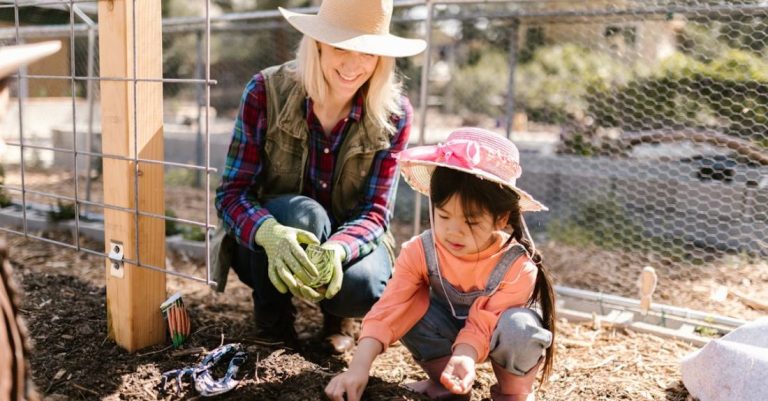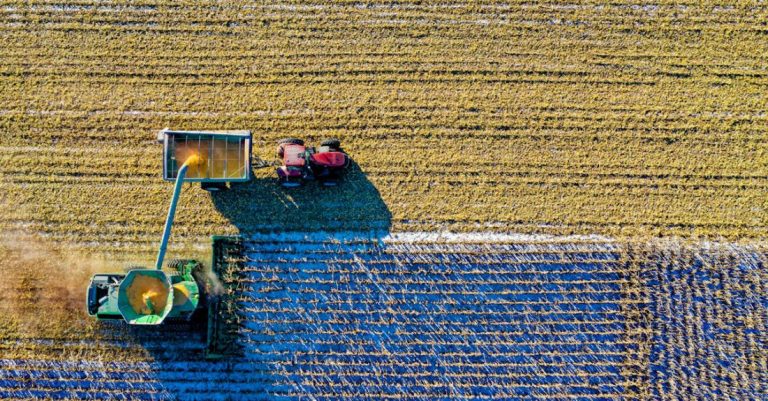
Permaculture is a sustainable design system that integrates human activities with the natural environment to create productive and harmonious ecosystems. Learning permaculture can be a rewarding journey that equips individuals with the knowledge and skills to live in harmony with nature while promoting environmental stewardship. To embark on this educational path, it is essential to have access to the best resources that can provide comprehensive and practical guidance. Here are some valuable resources for learning permaculture:
Books
Books have long been a staple resource for those interested in permaculture. There are numerous well-regarded titles that cover various aspects of permaculture design, principles, and practices. Some essential books include “Permaculture: A Designer’s Manual” by Bill Mollison, the co-founder of permaculture, and “Gaia’s Garden” by Toby Hemenway, which offers practical tips for creating sustainable gardens. Additionally, “The Permaculture Handbook” by Peter Bane provides a comprehensive guide to permaculture principles and techniques.
Online Courses
In today’s digital age, online courses have become a popular and convenient way to learn permaculture from the comfort of your home. Many reputable organizations and permaculture experts offer online courses that cover a wide range of topics, from permaculture design principles to practical applications in gardening and agriculture. Websites like Permaculture Design Magazine and Permaculture Women Magazine offer online courses taught by experienced permaculture practitioners.
Workshops and Training Programs
Attending workshops and training programs is an excellent way to gain hands-on experience and practical skills in permaculture. Many permaculture centers, farms, and organizations offer workshops and training programs that cover a variety of topics, such as sustainable agriculture, regenerative design, and natural building techniques. These hands-on experiences allow participants to learn directly from experienced practitioners and apply permaculture principles in real-world settings.
Permaculture Design Certificate (PDC)
One of the most recognized credentials in permaculture education is the Permaculture Design Certificate (PDC). This comprehensive course provides a foundation in permaculture principles, ethics, and design methods. Many permaculture organizations and institutes offer PDC courses that are taught by certified permaculture instructors. Obtaining a PDC is a valuable investment for individuals looking to deepen their understanding of permaculture and pursue a career in sustainable design and land management.
Permaculture Websites and Blogs
There is a wealth of information available on permaculture websites and blogs that cover a wide range of topics related to sustainable living, gardening, and permaculture design. Websites like Permaculture Research Institute, Permaculture News, and Permies.com offer articles, videos, and resources on permaculture practices, case studies, and community projects. These online resources provide valuable insights and inspiration for individuals interested in learning more about permaculture.
Networking and Community Engagement
Engaging with the permaculture community and networking with like-minded individuals can be a valuable resource for learning and sharing knowledge. Attending permaculture events, workshops, and conferences allows individuals to connect with experienced practitioners, educators, and activists in the field. Joining local permaculture groups, online forums, and social media communities can also provide opportunities to exchange ideas, ask questions, and collaborate on projects with fellow permaculture enthusiasts.
In conclusion, learning permaculture is a transformative journey that requires dedication, curiosity, and a commitment to sustainable living practices. By utilizing the best resources available, such as books, online courses, workshops, and networking opportunities, individuals can gain the knowledge and skills needed to create resilient and regenerative systems that benefit both people and the planet. Embracing permaculture principles can lead to a more sustainable and harmonious way of living that honors the interconnectedness of all living beings.





